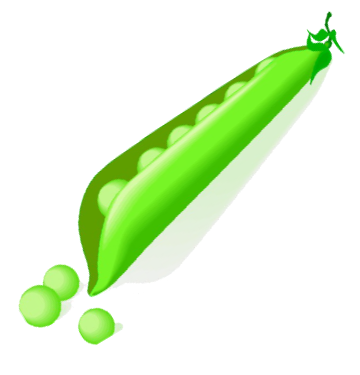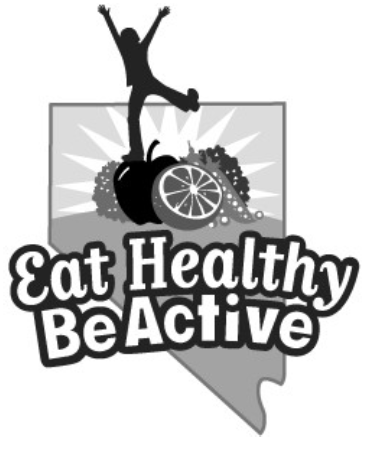Peas provide low-fat, low-calorie protein; 3/4 cup of peas contains about the same amount of protein as a whole egg or a tablespoonful of peanut butter--but less than half a gram of fat.
All varieties of peas contain vitamins A, C and K as well as thiamin, folate and iron.


Selecting Snow Peas
Snow peas should be shiny and flat, with very small peas that are barely visible through the pod.
Storing Snow Peas
It’s best to use snow peas as soon as possible. Store unwashed peas in a plastic bag with small holes so that moisture can escape.
Chinese Vegetable Stir-fry
- 4 teaspoons vegetable oil
- 1 cup broccoli florets
- 1 cup carrots, peeled and sliced
- 1 cup cauliflower florets
- 1 cup celery, sliced
- 1 cup red bell pepper, cut into chunks
- 1 cup snow peas, stems removed
- 1 tablespoon low-sodium soy sauce
- 1/2 teaspoon cornstarch
Heat oil in a skillet over medium high heat. Add broccoli, carrots, cauliflower and celery, cook for two minutes. Add bell pepper and snow peas, cook for two minutes. Mix cornstarch in a small bowl with soy sauce until dissolved. Add to skillet, bring to a boil and cook for one minute, covered. Serve vegetables over cooked rice.
Crunchy Tuna Spread for Bread
- 1 can of water packed tuna, drained well
- 1/2 cup chopped pea pods
- 1 can sliced water chestnuts, drained
- 1/4 cup low-fat mayonnaise mixed with 1/4 cup nonfat plain yogurt
Mix all ingredients until well blended. Spread on bread or bagels for a sandwich, or use as a dip for celery or crackers.


